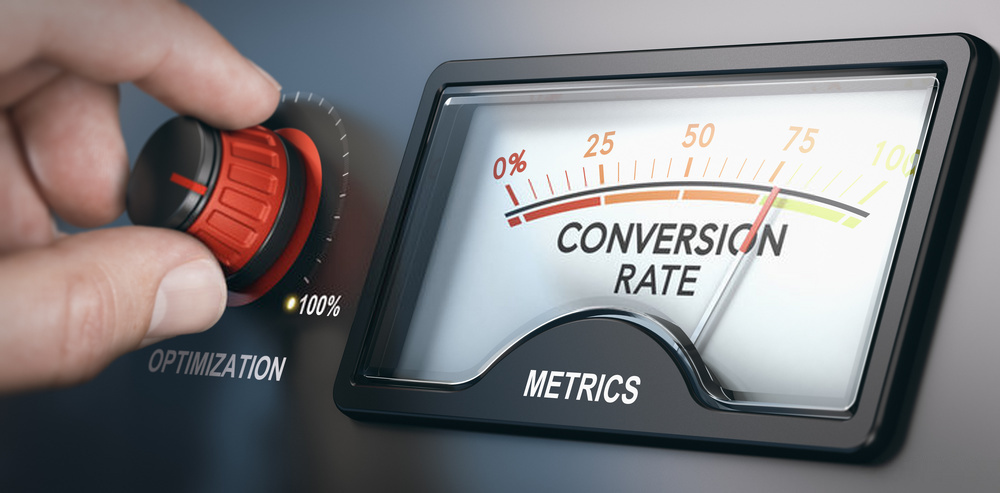What would you consider to be a good conversion rate?
Most top websites have conversion rates below 2 percent. That means for every 100 visitors to the site, only two people perform the desired action. Most people even consider that a good rate. There are sites with a 0.1 conversion rate, whereby it takes about 1000 visitors to get one conversion.
The question that bogs the mind is what stopped the other 999 people from converting? If they came to the site, why didn’t they make a purchase, fill a form or take the required action?
That’s the question that you seek to answer when optimizing your website.
But before you start optimizing your site for conversion, you need to first determine the goal of the website. What action do you want people to take? Your goal could be to make sales, get people to sign up, click on something, or order something.
If you have multiple goals, write them all out.
- What’s Next?
- 1. Integrate Social Proof to your Site
- 2. Make It Easier For People to Take the Desired Action
- 3. Focus on Providing Value-Added Content
- 4. The Obvious Has to Remain Obvious
- 5. Stay Connected through Small Conversions
- 6. Keep Up with Your Low Conversion Rates
- 7. Transforming Small Conversions into Major Leads/Sales
- 8. Don’t Let Your Visitors Be Distracted
- 9. How Do You Stand Against Your Competitors?
- 10. Identify and Communicate Your Value Proposition
- 11. Talk To Your Customers Via Live Chat
- 12. Make Your Offers More Compelling
- Conclusion
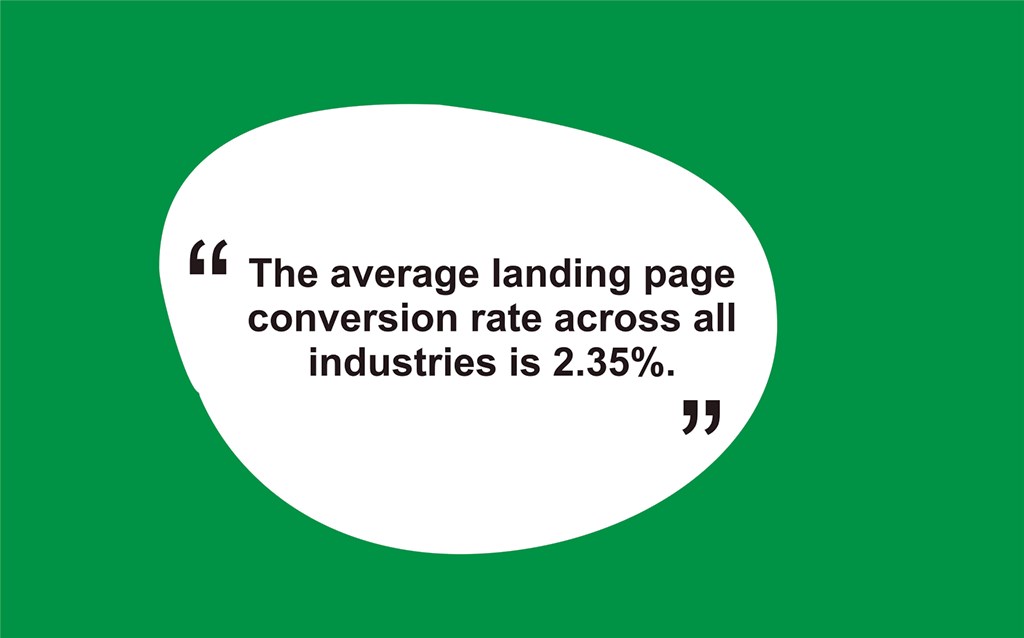
What’s Next?
With your goal in hand, it is time to start working to optimize your site. Below are 12 ways you can improve your site’s conversion.
1. Integrate Social Proof to your Site
No one wants to be the first person to purchase a product or service. 92% of customers would hesitate to buy from a website if there are no reviews, while 97% say they factor in reviews in their buying decision.
So when people arrive at your website, they want to see proof that other persons have successfully purchased and enjoyed your products. So seeing reviews from past customers will put their minds at ease.
The same is applicable when you’re trying to get users to sign up. Showing that other people have done the same thing will make your visitors trust you with their details.
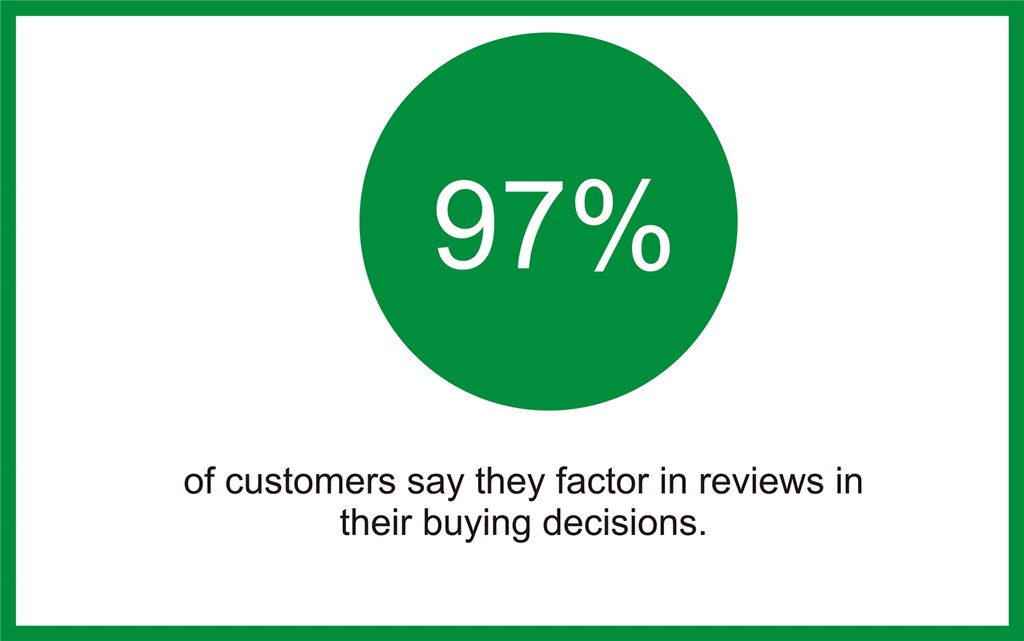
What kind of proofs can you use?
- Testimonials: Use testimonials where customers discuss the benefits of the product in detail. You can also include visual proofs like pictures or videos to make it more compelling.
- Third-party Reviews: You can set up accounts on Yelp and other directory pages where customers can leave reviews.
- Case studies: Where has it happened before, and how did the product/service help?
- Show it: create a demo of your product to showcase how it works.
2. Make It Easier For People to Take the Desired Action
It’s been said that customers have a shorter attention span than a goldfish. What this means is that people lose interest quite easily. Just imagine how many times you’ve been distracted by a notification from your phone.
It’s very simple: more fields require more effort from customers and leads to more drop-offs and abandoned carts. Therefore remove any field that isn’t critical. Only ask for their email address and 1 or 2 more post-purchase/registration fields.
Make buying from your website very straightforward that anyone can purchase without issues.
- Tell users what to do at each stage.
- Don’t give users too many choices. It leads to indecision.
- Offer incentives: you can include a gift or free shipping to incentivize them to complete the purchase.
Make the initial onboarding step extremely simple to complete, as people tend to finish things they start. Instead of asking visitors to fill out an entire form, start with an email address, and that will increase the chances of the visitor taking further action.
You can use the FoxMetrics Funnel to visualize how your customers move through your website and identify anything hindering conversion.
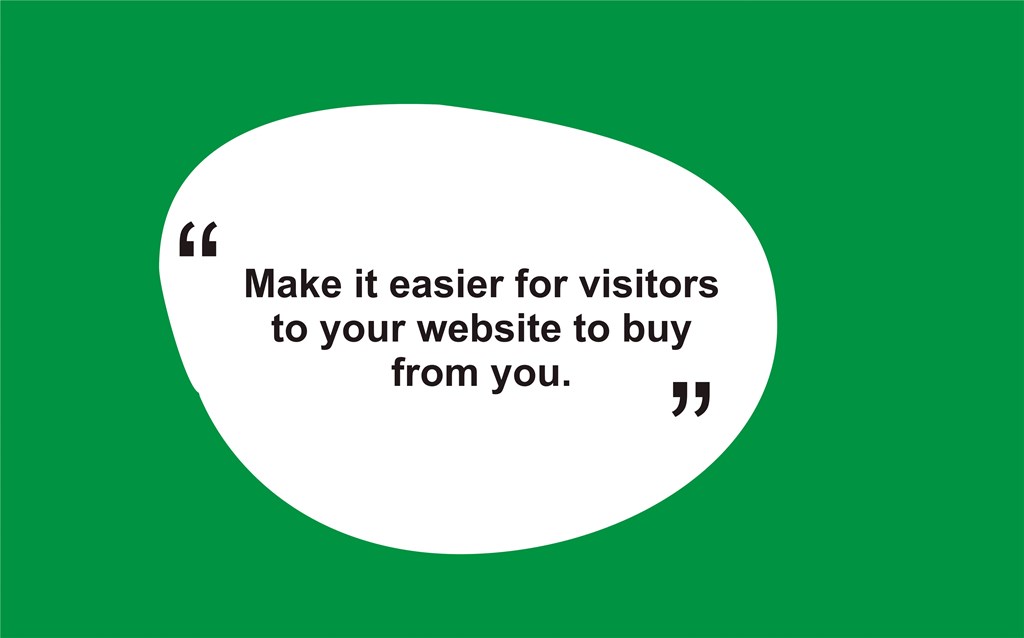
3. Focus on Providing Value-Added Content
If you intend to gain some extra traffic for your website, concentrate on adding value to it with blog posts, articles, videos, and other kinds of content that could be useful to users that are not ready to buy right away. However, there is a problem with this type of content. It doesn’t attract many of those who can later be converted into leads or sales.
The majority of users attracted by your value-added content will just get some personal use from your free content. They are looking for answers to their questions and, after getting them, they will leave you with nothing except a “100% refusal rate” metric in your analytics dashboard.
Instead of accepting them leaving your site, you should try and convert these users. Focus on providing your freeloaders with one or more painless and quick actions they might take. It could include anything that can keep them interested in your website and services/products in a certain way – free email newsletter sign-up, Twitter follow-up, YouTube channel subscription, Facebook page “like,” and so on.
For example, you may consider adding a call-to-action phrase at the end of each post or article; something that would read like:
“If you liked this article, allow us to email you about our new posts.”
“If you’d like to learn more about product/service, you can sign up for our weekly updates.”
“If you are interested in staying updated on what’s going on with us, you may follow us on Twitter.”

4. The Obvious Has to Remain Obvious
Another step you can take in a painless conversion process is getting visitors to click through to your product and services pages. For example, in case you have lots of “How To” articles or posts, which talk about ins and outs of your services. Make sure that you express everything clearly so that the visitors would sense that you don’t only teach the thing, but you can also supply the service. You will always get some people who consider doing it on their own a waste of time.
Ensure to leave a visible call to action that your visitors can follow to purchase your products/services.
5. Stay Connected through Small Conversions
If you are going to pronouncedly use painless, small, and quick conversion points in your marketing metrics, you surely have to follow through with what you promise. So, if you promise to supply industry news on Twitter, then don’t even think about skipping a single update. If you told your visitors that you will send them an email each time you post a new article and then you disappear for a month or two, then you don’t comply with your part of the deal.
It is significant to always give the subscriber what you promised you would. And remember that these freeloaders are not in the market for an immediate buy, so don’t give their emails and Twitter accounts to your sales team, as you will quickly get into their spam lists.
6. Keep Up with Your Low Conversion Rates
If you’ve placed that value-added content with all those small conversion points featured pronouncedly on your resource, but your marketing metrics don’t get any better, it means that the content doesn’t have the value visitors were looking for.
It may also mean that the content isn’t good, which is even worse. This often happens, if you focus your content on search engines, instead of people. In the end, why would someone want to get your updates, if it means getting even more bad information? Keep up with your low conversions and create content, which would fulfill your visitors’ true needs.

7. Transforming Small Conversions into Major Leads/Sales
The entire idea of having these small conversion points, where visitors can sign up to get your updates regularly is meant to put you on the top of your subscribers’ thoughts, instead of forgetting you in a minute after leaving your site.
Nowadays’ not-gonna-buy-it-now visitor can one day become a need-to-get-it-now buyer. When they get ready to open their wallets, you want them to have a thought that they wouldn’t want to deal with anyone except the one, who’s been there for them for all that time from day to day, turning their eyes and loyalty to you.
8. Don’t Let Your Visitors Be Distracted
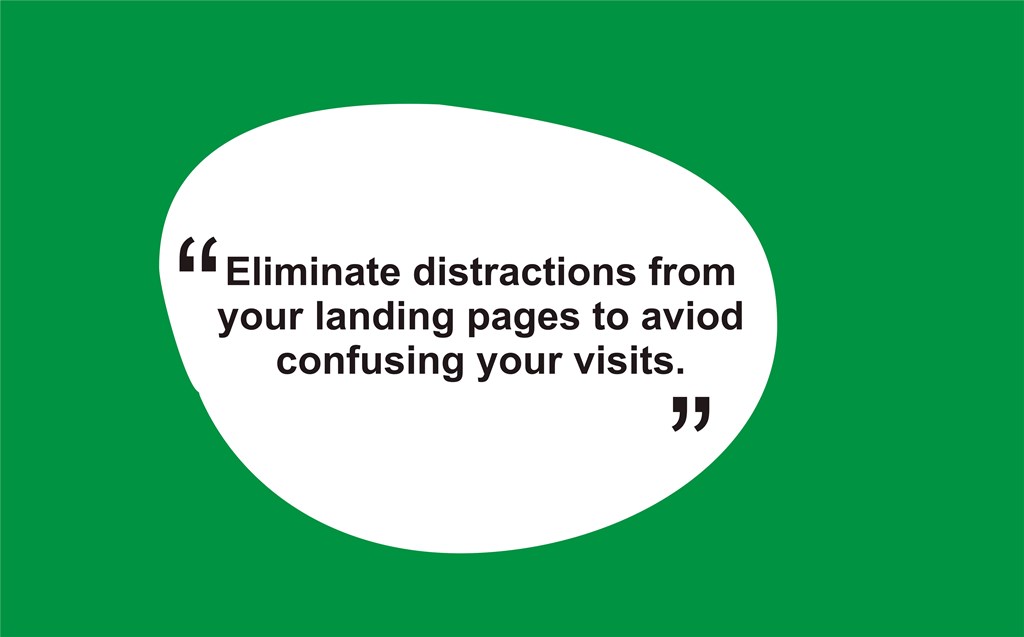
One of the major factors responsible for low site conversion is termed ‘analysis paralysis’ whereby a visitor to your site is unable to decide because there are too many factors to consider. It’s important to make your website simple and remove all distractions that may confuse visitors.
So what you need to do is to identify these distractions and remove them. Look at your landing page; are there items that could divert a visitor’s attention from the goal?
Distractions can be anything from unnecessary images, texts, or links that you may have included to get your customers to buy. It’s just simple; if it’s not essential, don’t include it whether it’s;
- Heading and subheadings
- Menus and submenus
- Sidebars and headers
- Testimonials and customer reviews
- Benefits and features
Videos and images can add some context to your product, but they can also be a distraction. A customer might be stuck watching a product video and then be distracted. You want to maximize your visitors’ attention when you have it.
9. How Do You Stand Against Your Competitors?
It’s a known fact that customers compare products and service providers before making a buying decision. It’s very rare for someone to buy from you without checking out your competition.
The question your need to answer is ‘what would they find?’ how do you stand against your competitors in terms of website design and other factors.
What are you advantages that could make the customer choose you over your competitors, and where do you fall short?
- Compare your prices and features. If your products are expensive, then you can explain why it’s that way.
- Copy and implement features that would give you an edge over your competitors.
- Add a comparison to your page: explain the advantages your product has over your competitors. This will keep your visitors on your site and win over a portion of them. Also, admit your shortcomings and what you’re doing to make up for them.
10. Identify and Communicate Your Value Proposition
The value proposition goes a long way in determining your conversion rate. If you get it right, you’ll covert more of your visitors. The term value proposition refers to explaining why a customer should buy from you.
Customers want to know ‘what’s in it for them, and if you can perfectly communicate your value proposition, more people will be compelled to take the desired action.
Write your value proposition specifically for your target audience.
- Include the unique benefits and features of your products.
- Communicate how your product or services solve customer problems.
- Your value proposition should be different from your competitors. You can match theory offerings, but structure yours to make you stand out.
11. Talk To Your Customers Via Live Chat
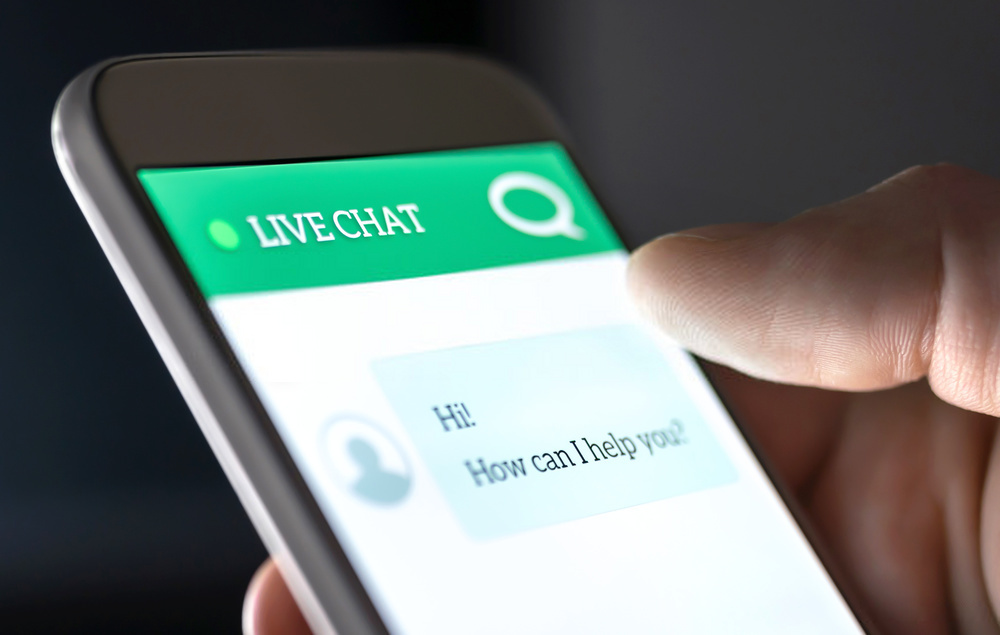
Many visitors don’t convert because they have unanswered questions about your product and services. To avoid losing such customers, add a live chat to your website. This way, visitors can get a prompt response to any concern they have.
Live chat tools are easy to add to your website, and they have proven to boost conversion.
12. Make Your Offers More Compelling
Sometimes, you can do everything from adding value proposition, live chats, optimizing your purchase process, and still not see an increase in conversion. In such a case, the issue may be with your offers.
Don’t overlook the importance of choosing the right offer. Choosing an offer that’s unappealing to your target market will result in lower conversions.
To determine whether the problem is with your offers, you need to test various offers to see how well each one converts. The FoxMetrics comparison widget will allow you to compare results from multiple offers to know the more compelling one.
If you see an increase in conversion with any of the offers, stick with it.
Conclusion
The eventual purpose of most websites is to get leads, instead of making sales. This is critical for your marketing metrics, as it is a significant part of your web analytics system.
Leads and sales also demand proper search engine optimization of product and services pages. For instance, if a Google user lands right on a page that offers the exact product they were looking for, you get a higher chance of converting them into a lead, or even a sale.
On the other hand, the leads that are converted from a paid service or product are much harder to get, than those that are made from organic sources.
Additionally, let’s not forget that most web users won’t “buy it now.” Many people are just searching for information on a specific industry or product. Other users could be attempting to learn how to do things for their own sake.
However, there is a segment of users, who are researching with a future intention to buy. Just keep those in mind and gradually build on your conversion.
If you’re thinking of personalizing the experience of your visitors, try FoxMetrics for free. Subscribe to our Newsletter to get recent updates and news.

